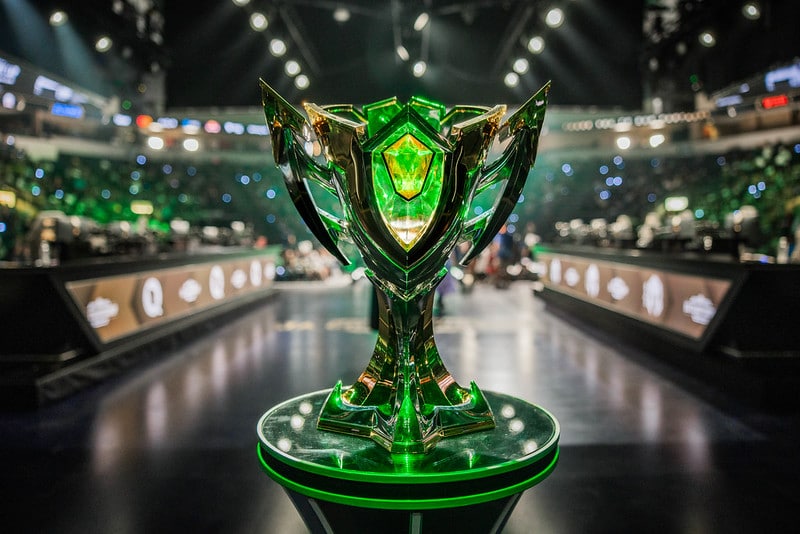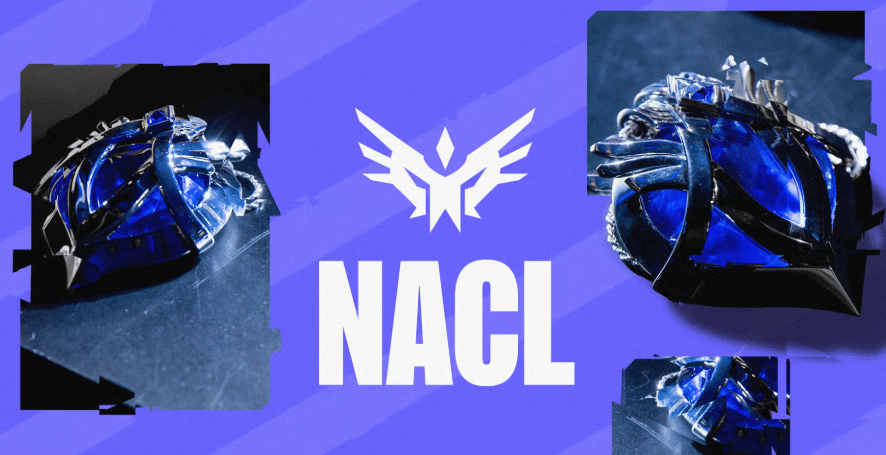In the dynamic, often unpredictable world of esports, even the most meticulously planned strategies can hit unforeseen snags. Riot Games, the architect behind the colossal League of Legends esports ecosystem, recently found itself at such a crossroads. After a single year, an ambitious experiment to unify the competitive landscape of the Americas under the banner of the League of The Americas (LTA) is being gracefully, yet firmly, retired. In its place, two beloved names—the LCS and CBLOL—are set to return in 2026, marking a significant recalibration driven by a powerful, often underestimated force: the voice of the fans.
The Grand Vision: Unifying a Continent
The LTA was not conceived lightly. Introduced at the close of 2024, it aimed to streamline and strengthen the competitive integrity and financial sustainability across North, Central, and South America. The idea was compelling: merge disparate regions, foster a healthier business model where teams shared revenue from digital content rather than relying solely on sponsorships, and create a “one league, two conferences” system. This structure sought to balance local rivalries with broader, pan-American competition, allowing the strongest teams to rise through continental stages. It was, in essence, a global strategy to “right-size” the ecosystem, promising a more robust foundation for all involved.

When Ambition Met Reality: The Unforeseen Challenges
However, the journey from blueprint to reality proved challenging. By late 2025, it became clear that the LTA, despite its noble intentions, was faltering. Fans, the lifeblood of any esports league, found themselves navigating a labyrinthine structure. The calendar felt compressed, storylines fragmented, and perhaps most critically, the distinct regional identities that fostered deep emotional connections began to dilute. The very essence of what made LCS and CBLOL beloved—the sustained regional narratives, the clear pathways to victory, and the celebratory regional finals—was perceived to be missing.
Carlos Antunes, Riot Games’ Head of League of Legends Esports for the Americas, openly acknowledged these shortcomings. In an interview with Esports Insider, he conceded that the formats proved “hard to follow” and that fans deeply missed the “longer regional splits, more time to see their teams, a less compressed schedule, and less interruption in the narrative.” It was a valuable lesson in the subtle alchemy of esports: structural efficiency, it turns out, cannot entirely supplant emotional resonance.
“I really think I should have used different words. The idea is that regardless of the brand LTA, even if people liked the brand LTA, the fact that we were seeing the breaking of people’s identification with the league and their connection, that was a problem that we wanted to fix.”
This statement from Antunes speaks volumes. It wasn`t just about a name; it was about the entire “bigger experience of the league.” Riot learned that sometimes, the simplest solutions—reverting to what works and what resonates—are the most profound. It was a realization that while progress is essential, it must be paced with prudence, and with an ear firmly attuned to the community.
The Humble Retreat: Reinstating Regional Pride
The decision to restore LCS and CBLOL as independent leagues in 2026 is a testament to Riot`s willingness to adapt and, crucially, to admit when an experiment hasn`t yielded the desired results. This isn`t merely a rebranding; it`s a structural overhaul designed to address the core complaints. Longer splits, clearer qualification paths, and the return of distinct regional finals are poised to rekindle the passions that define these leagues. Fans will once again follow their teams through more cohesive narratives, celebrating regional champions with renewed fervor.

LLA`s Unique Trajectory: A Different Path Forward
While LCS and CBLOL are making a full return, Liga Latinoamérica (LLA) will not be revived in its previous standalone format. This decision might initially raise eyebrows, but Antunes assures that Latin American teams have provided “overwhelmingly positive” feedback on the upcoming changes. Instead of a separate league, LLA teams are set to be integrated into a unified system, focusing on strengthening their presence, unifying brands across regions, and ensuring more consistent international exposure for players. It’s an evolution, not an abandonment, designed to leverage the strengths of a broader system while still championing the region’s talent.
International Aspirations and Tier 2 Foundations
With the return to independent leagues comes a reversion of international qualification slots to the pre-LTA system. The LCS will once again secure one team for First Stand, two for MSI, and three for Worlds, while CBLOL will send one team to each event. While some might argue for performance-based slot distribution, Antunes clarified this decision prioritizes reconnecting with established structures and building from a known baseline. For South America, the focus is squarely on strengthening the path to international events and creating more cross-regional competitions outside the main calendar.
Beyond the Tier 1 spotlight, Riot remains committed to nurturing the Tier 2 ecosystem. Recognizing that the Americas` Tier 2 scene is geographically concentrated, posing unique challenges, Riot has observed promising growth, with many talented players transitioning from Tier 2 to Tier 1. Plans for 2026 include incentives for Tier 2 participation, improved connectivity with Tier 1, and a review of academy team rules and competition formats. Initiatives like “Americas Challenger”—dubbed a “Tier 2 MSI”—hint at a more dynamic and oxygenated grassroots environment, fostering player development without simply mirroring other regions like EMEA.

The reinstatement of LCS and CBLOL is more than just a reversal of a strategic decision; it’s a powerful affirmation of the intricate relationship between a developer, its competitive product, and its passionate community. Riot Games` willingness to acknowledge missteps, to pivot quickly, and to prioritize the emotional core of regional fandoms demonstrates a mature approach to managing a global esports phenomenon. The LTA was an experiment, and like many experiments, it provided invaluable lessons. As LCS and CBLOL prepare to reclaim their individual thrones, the message is clear: innovation is vital, but the heartbeat of esports often lies in the familiar, the regional, and the fiercely loyal connections forged over years of competition.
